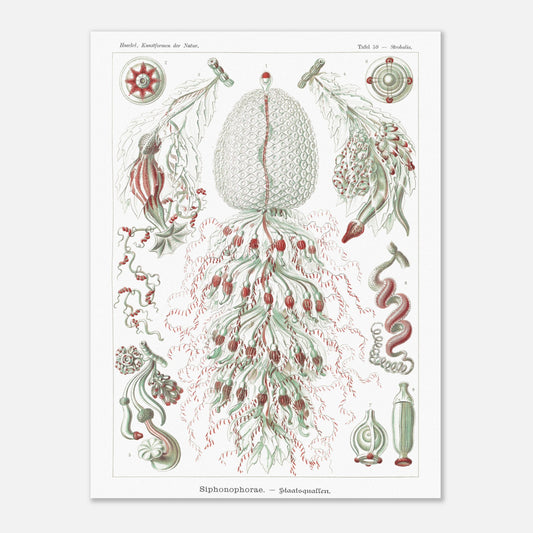Siphonophores - Scientific Observation Print - Ernst Haeckel, Kunstformen der Natur
Siphonophores - Scientific Observation Print - Ernst Haeckel, Kunstformen der Natur
Couldn't load pickup availability
Reproduction engraving of: Siphonophores
Original title Siphonophorae - Staatsquallen
Poster of Strobalia - Cnidarians of the class Siphonophora or Siphonophora (Order Physalia, Physonectae)
Illustration from the book Kunstformen der Natur, which is a collection of artistic lithographs of natural sciences published by the German biologist Ernst Haeckel between 1899 and 1904.
This naturalistic illustration is part of an overall style inspired by Ernst Haeckel, which greatly influenced the emerging Art Nouveau movement at the beginning of the 20th century. This work, illustrating the impressive beauty and great diversity of the biological world, was complemented by a certain amount of scientific information, some excerpts of which are reproduced below.
This information is over 120 years old and some of it may be outdated!
Scientific classification:
Cnidarian Phylum (Cnidaria) Class Siphonophores (Siphonophorae) Order Physonectae
Scientific notice (extract) accompanying the poster print of Siphonophorae - Siphonophores :
Fig. 1–9. *Strobalia eupola* (Haeckel). The beautiful siphonophore in this plate was captured in 1881 in the Indian Ocean and drawn from nature at Matara, on the south coast of the island of Ceylon. It is closely related to the European *Forskalia*, as well as to the *Discolabe quadrigata* illustrated in Plate 37. The entire body, shown actual size in Fig. 1, forms a colony of floating jellyfish (Cormus) consisting of several thousand individuals, medusoid individuals. In nature, these individuals are transparent, very sensitive, and mobile; the major part of the glassy, gelatinous, and very delicate body is colorless or slightly bluish; some parts of the individuals are red (from blood red to reddish brown). The entire colony consists of two main sections: the upper part, the floating body (Nectosoma), and the lower part, the feeding body (Siphosoma). The division of labor (ergonomics), which is highly developed in all siphonophores, has led to a marked morphological differentiation (polymorphism) of the many individuals that make up these curious pelagic colonies. The floating body serves only for locomotion, while the feeding body is dedicated to feeding and reproduction. The floating body (Nectosome) of this species has the shape of an inverted cone; its numerous swimming bells (Nectophores) are arranged in a spiral around the central reddish stem, giving the whole the appearance of a fir cone with spirally arranged buds. Each swimming bell is a medusoid individual, without a stomach or mouth, but with a highly developed muscular layer. At the top of the floating assembly is a second flotation organ, the swim bladder (Pneumatophore); it has at its top an opening through which air can be evacuated at will (like the opening of a balloon). This central opening is surrounded by an eight-pointed red pigmented star, probably sensitive to light and acting as an eye (Fig. 2). The feeding body (Siphosoma) is about twice as large as the floating body and covered with thousands of cartilaginous, scale-like protective plates. These mobile plates (Bractes) serve as shields for the other delicate individuals of the feeding body, which can retract completely under their protection. The scale-like protective plates have serrated edges and a prominent median ridge; they are considered to be transformed gelatinous umbrellas of rudimentary medusae. They are attached to the central stalk (Troncus), which appears as a red thread crossing the axis of the entire colony. Similarly, the other individuals of the feeding body are attached to the central stalk; they are not scattered randomly, but organized into specific groups of individuals, segments or Cormidia. The Cormidia are arranged at regular intervals and together form a spiral, like a spiral staircase around the central stem. This animal colony functions in perfect communism. Each segment (Cormidium, Fig. 3–5) is composed of five different types of individuals: a siphon (Siphon), a tactile (Palpon), a duct (Cyston), and two types of gonophores, male and female; the latter are numerous and form two clusters: a male cluster and a female cluster (Figs. 4 and 5). The division of labor among these five types of individuals is such that the siphon (or "feeding polyp") is intended for feeding and digestion, the palpon (or "sensory person") for touch, the cyston (or "evacuation duct") for the excretion of useless substances; these three forms are polypoid, to be distinguished from the medusoids, whose umbrella is reduced. The other two forms, the gonophores, are medusoid individuals with an umbrella; their mouthless stomach sac produces sperm in males (Fig. 9) and eggs in females (Figs. 7 and 8).
Species present on the Siphonophores - Strobalia naturalist board :
- Strobalia cupola
About this print
About this print
The layout and composition of this reproduction have been the subject of our greatest attention.
- Respect for the format of the original work: in order to faithfully transcribe the artist's intention, the work is not cropped/re-cut except in extreme cases (obvious imperfection, geometry problem, etc.) in which case the cropping will be as light as possible.
- The presence of white margins is sometimes necessary in order to present the work in a balanced manner.
- Each size offered has been specifically composed, therefore, the size of the white margins may vary from one print size to another. Remember to check this detail carefully!
- Print only, frame not included!
Features
Features
- Premium 200gsm matte white paper, durable and strong.
- Natural, smooth uncoated finish, silky to the touch
- FSC certified paper or equivalent certifications depending on regional availability.
- Each print is shipped in sturdy packaging, ensuring safe transport.
- Each print is printed and shipped on demand. No minimum order quantity is required.
Share !
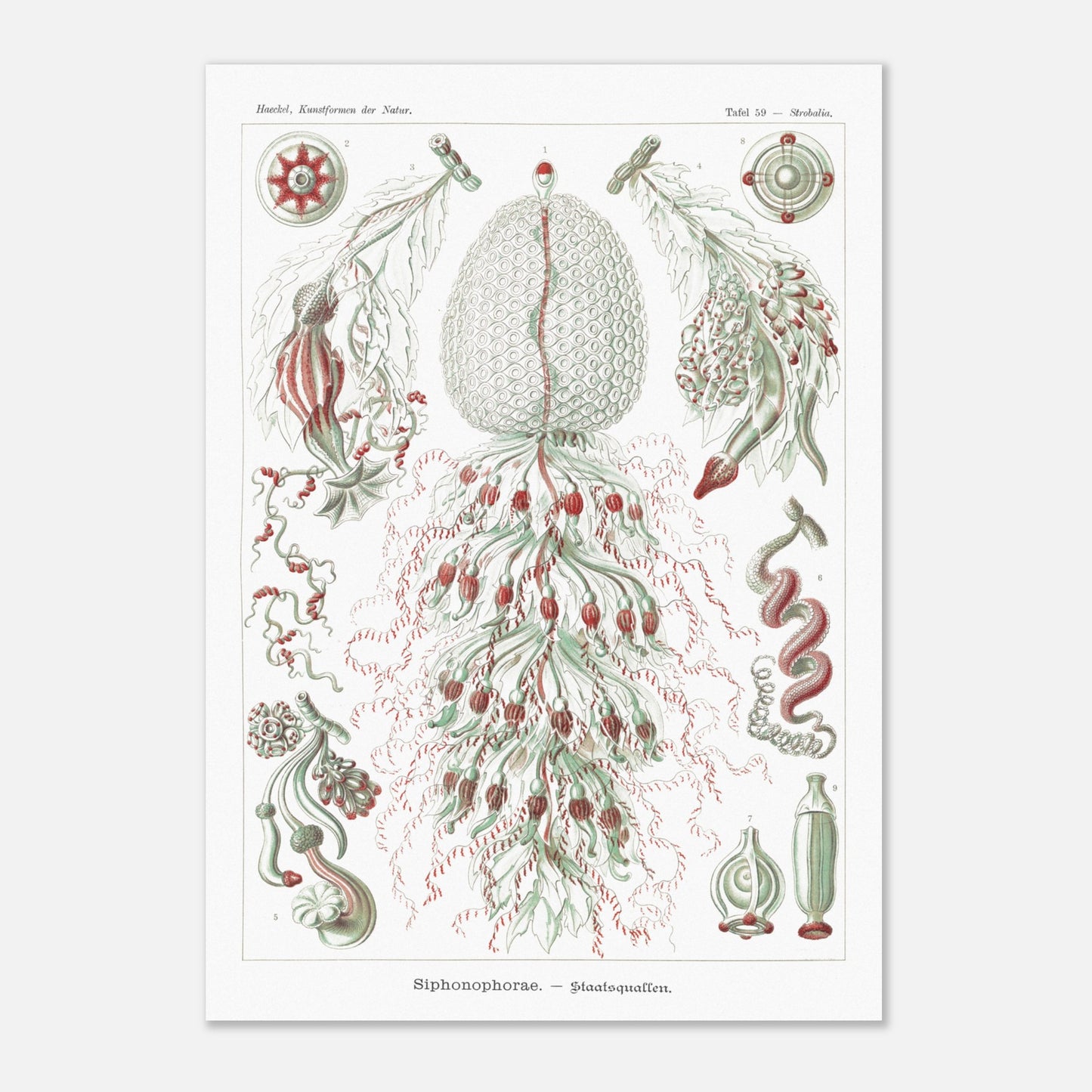
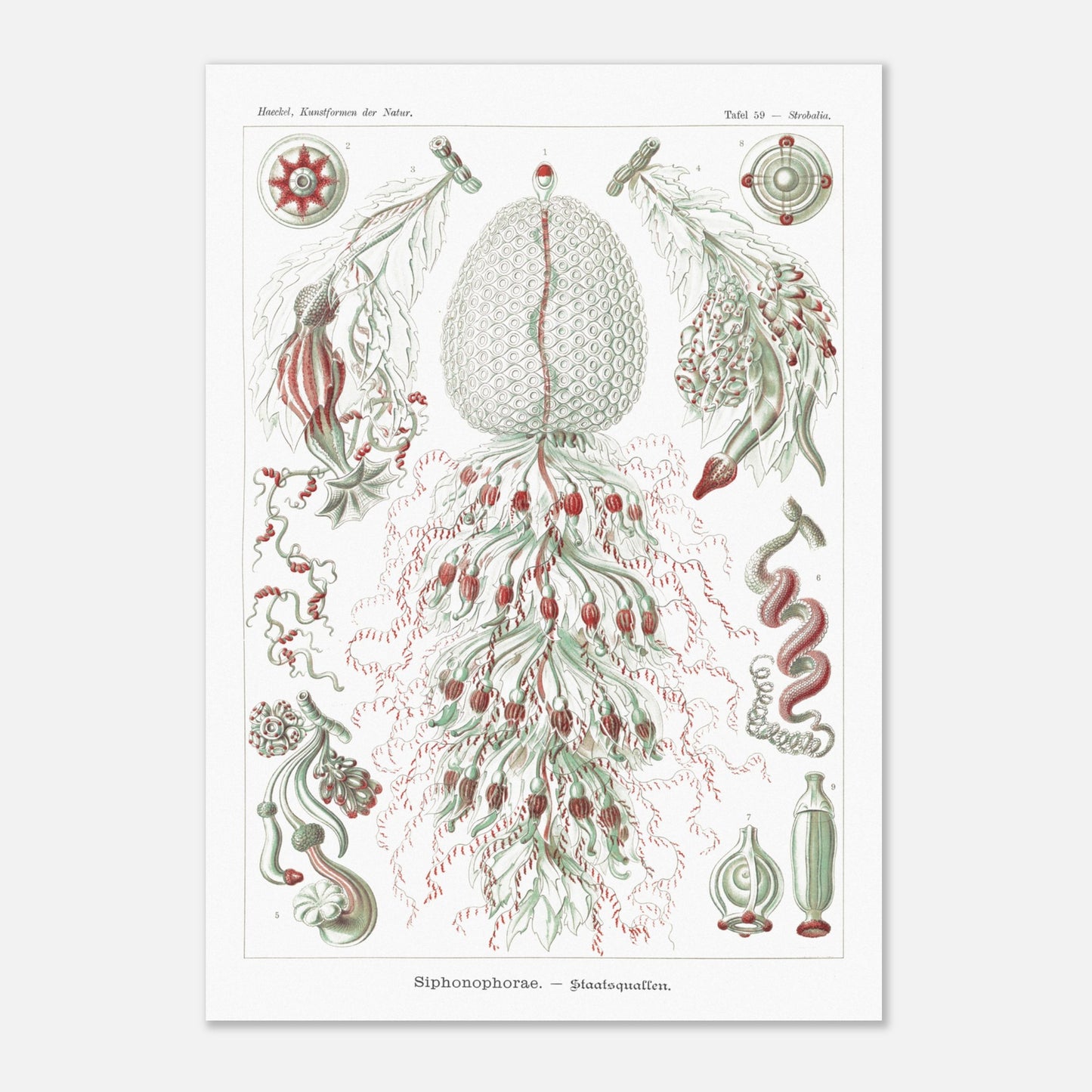
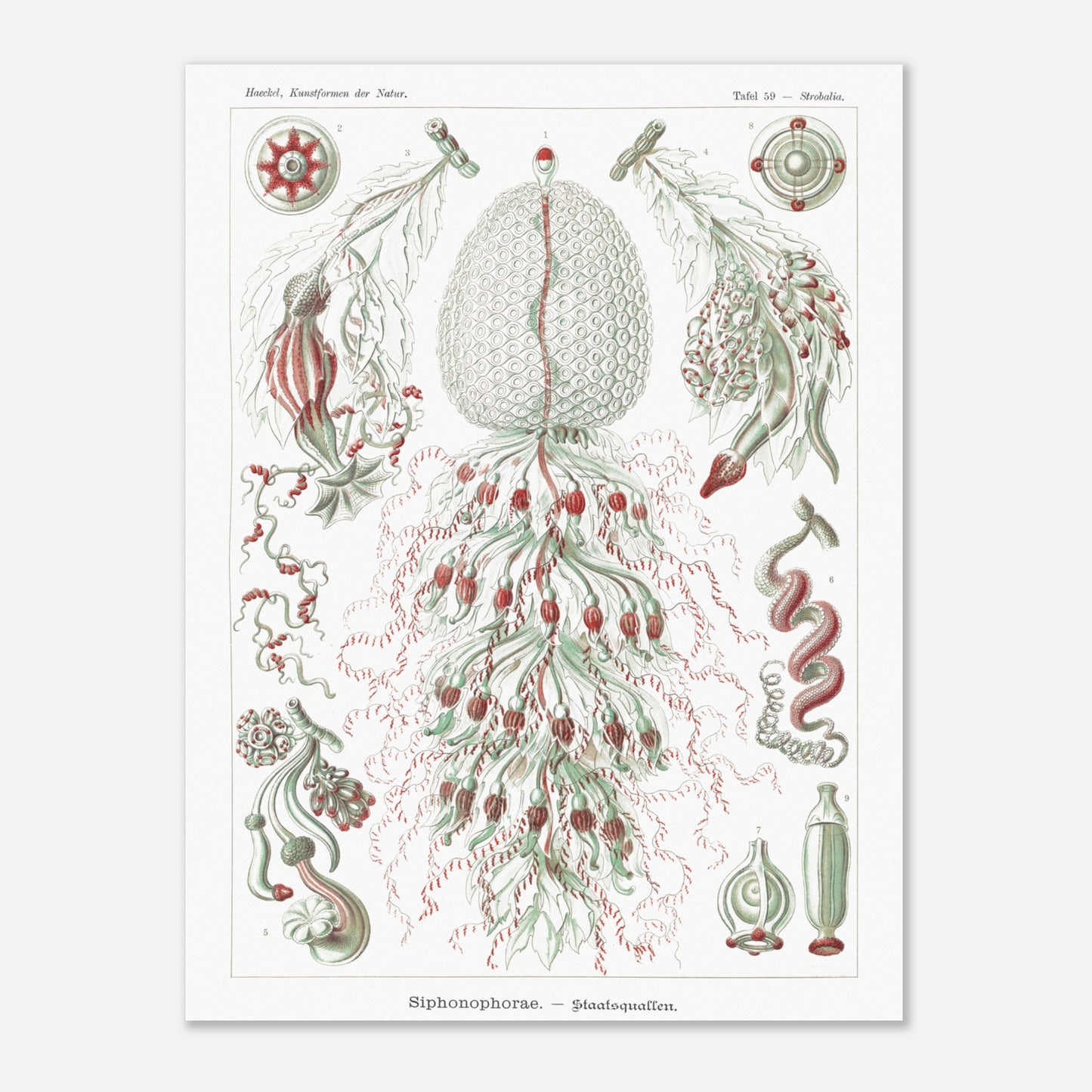
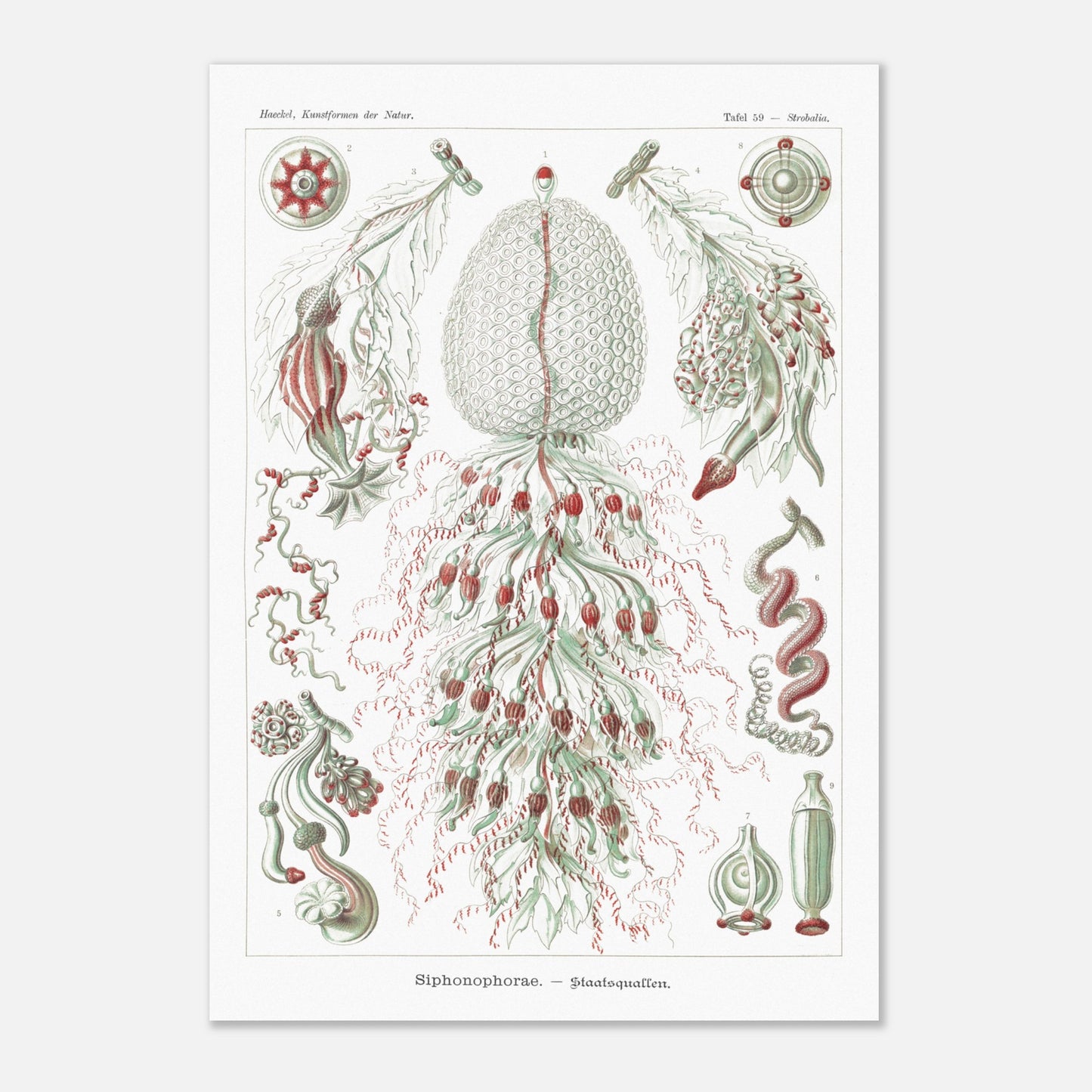
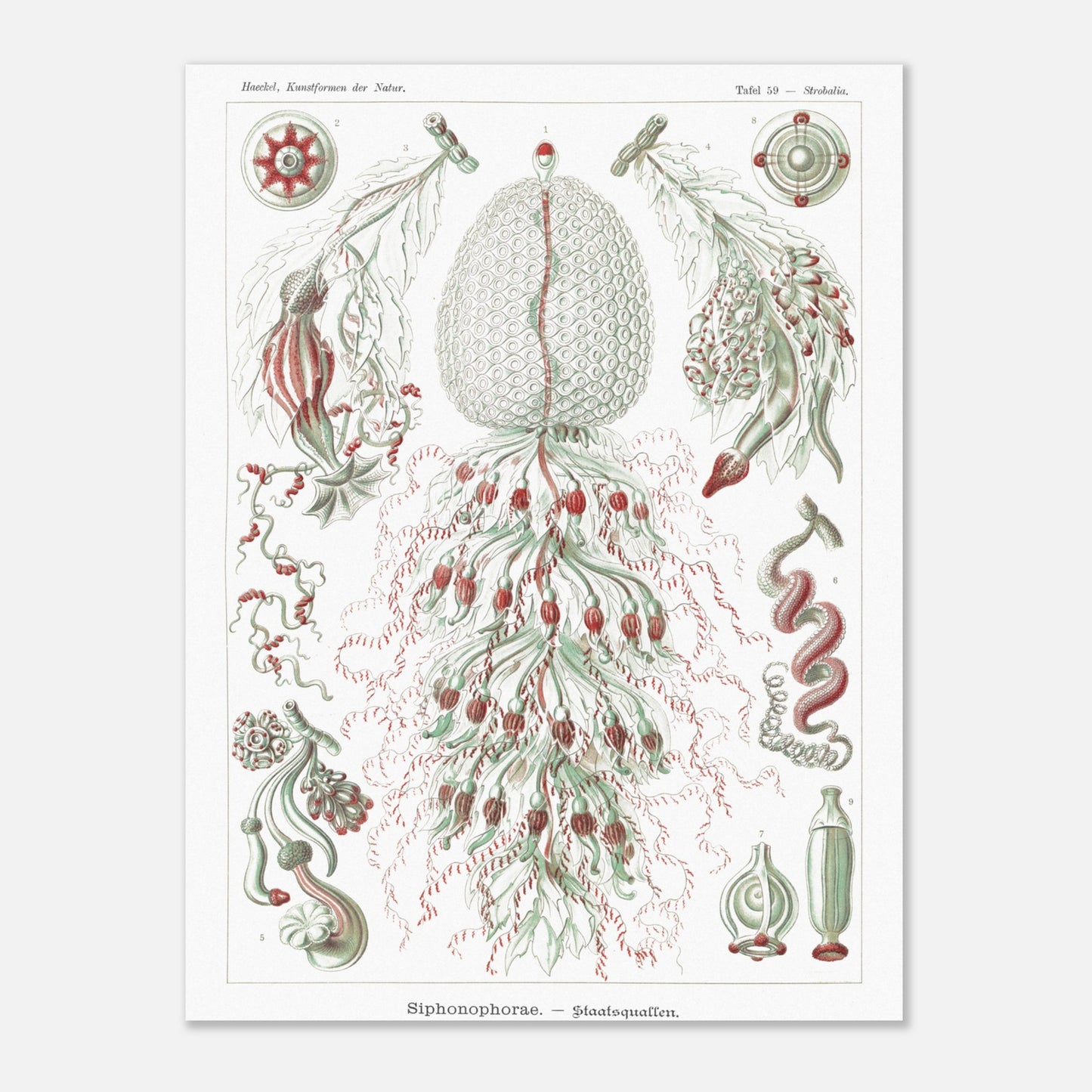
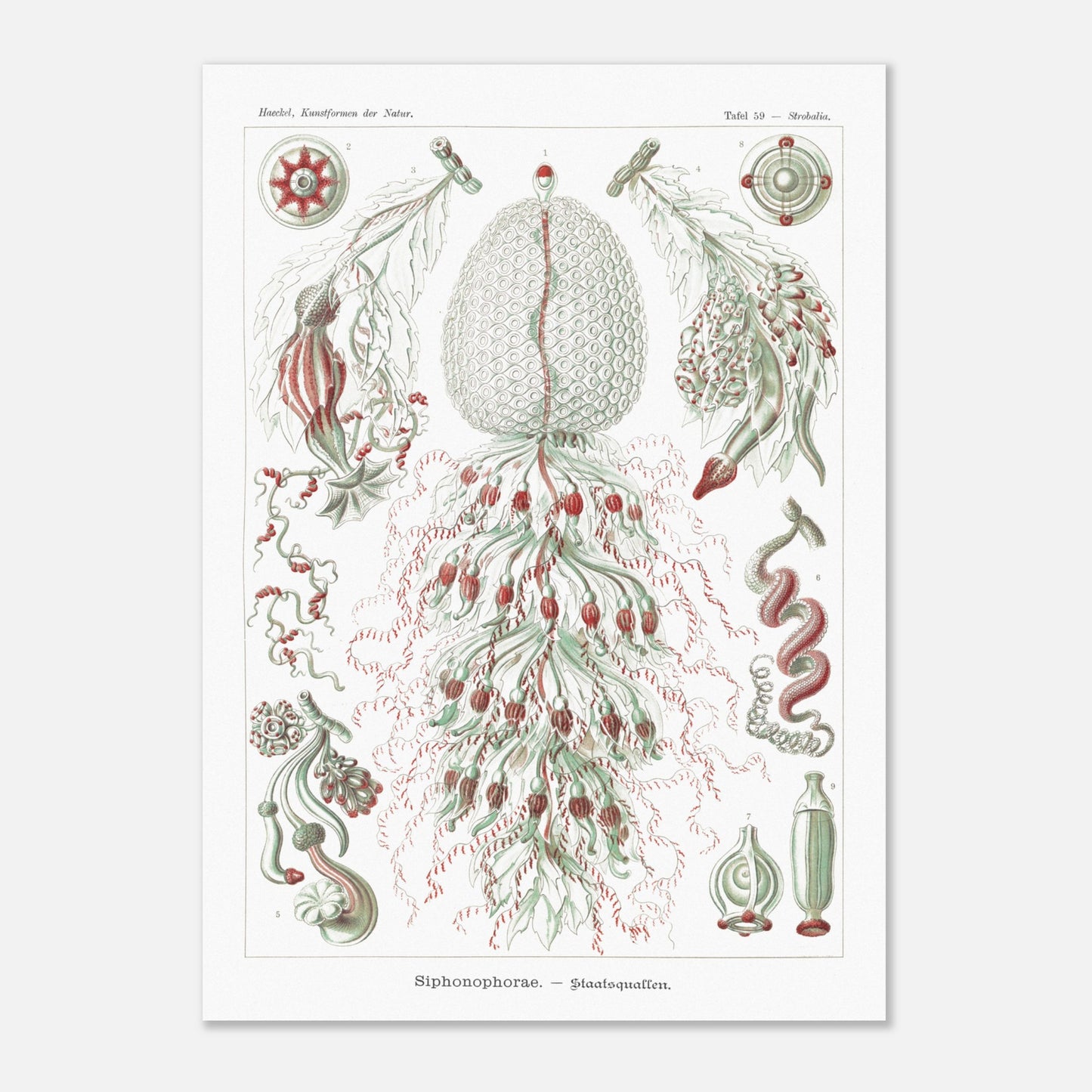
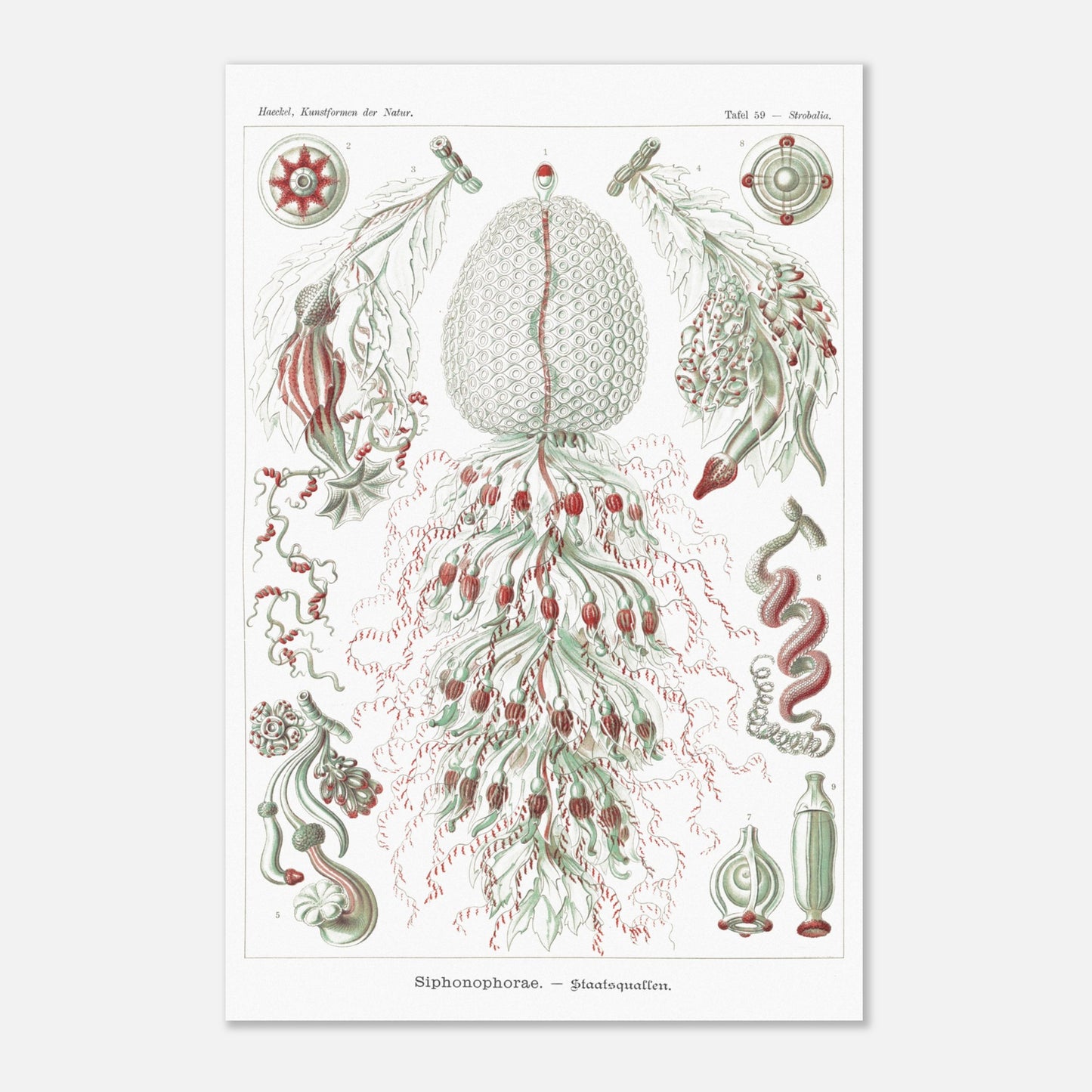
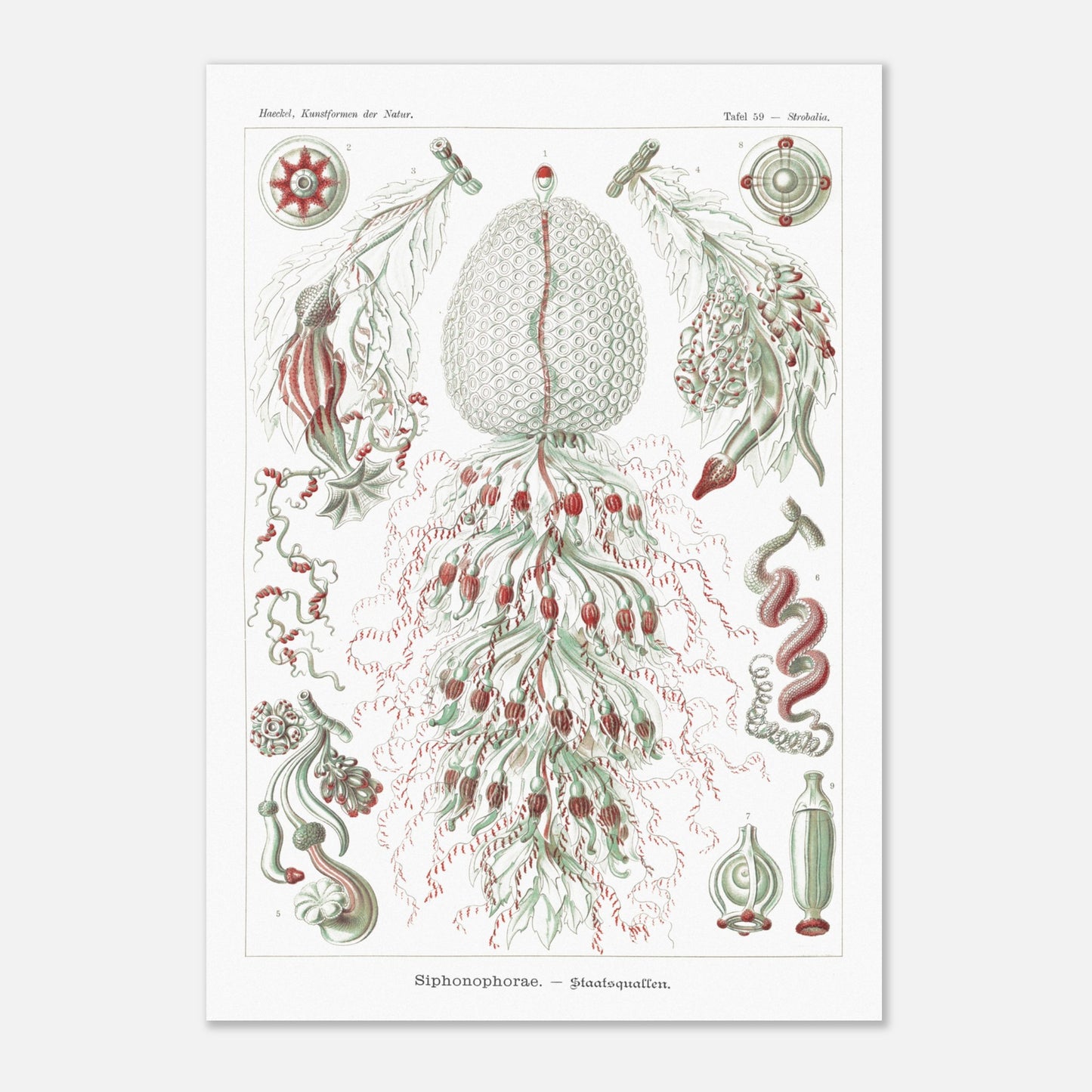
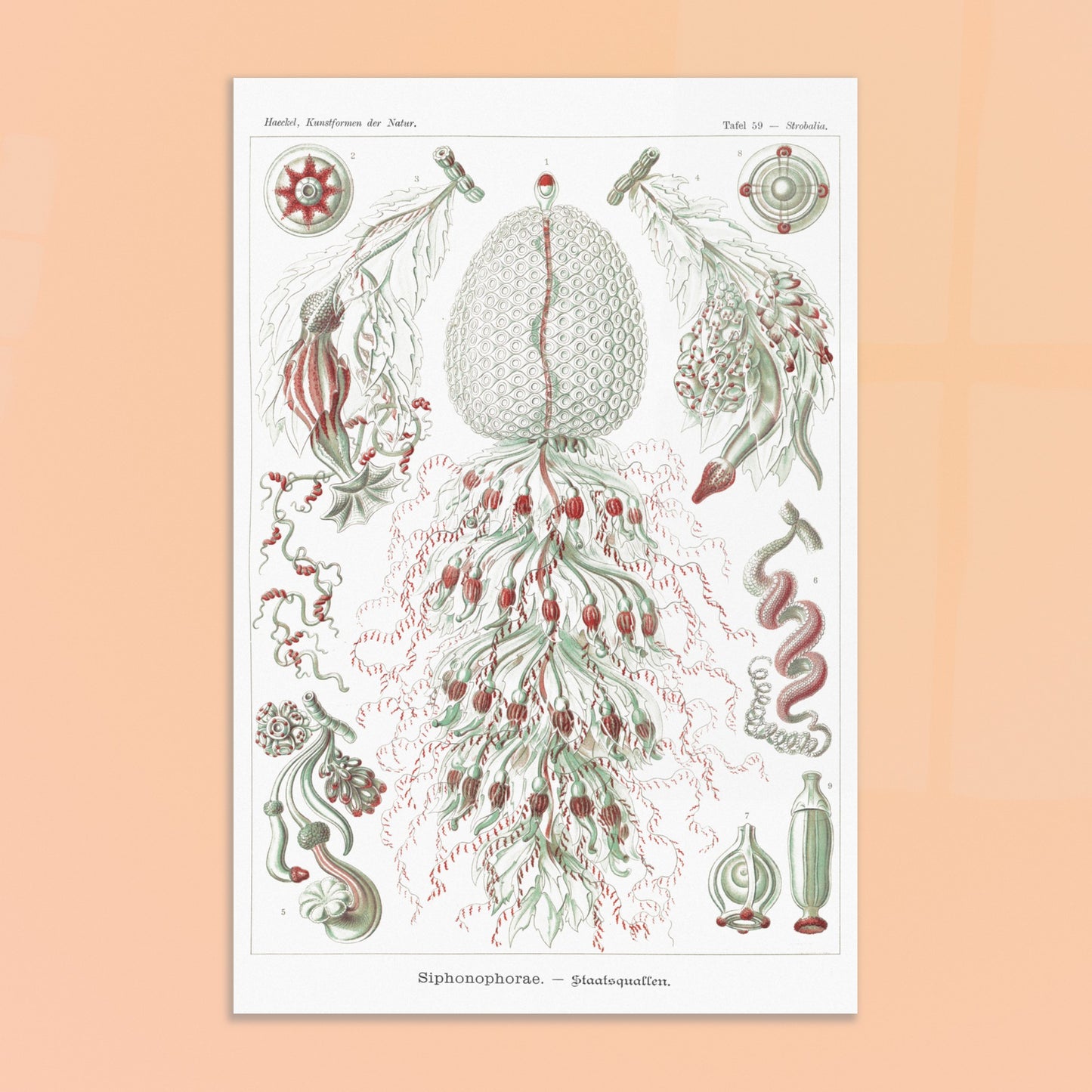
We are listening to you
If you are looking for a specific composition, a particular layout, or any other customization need, our team is at your disposal and will do everything possible to meet your requests.
So don't hesitate to...




